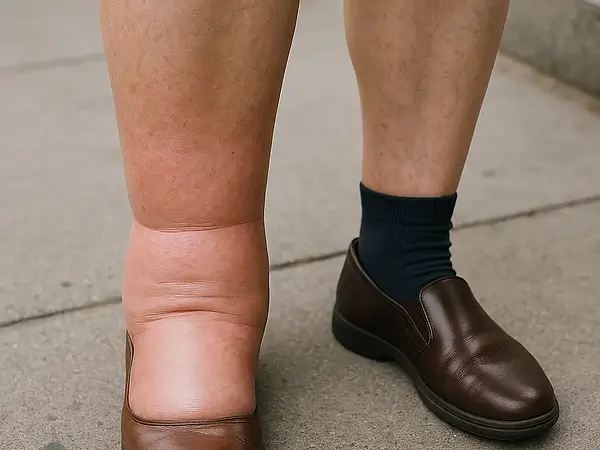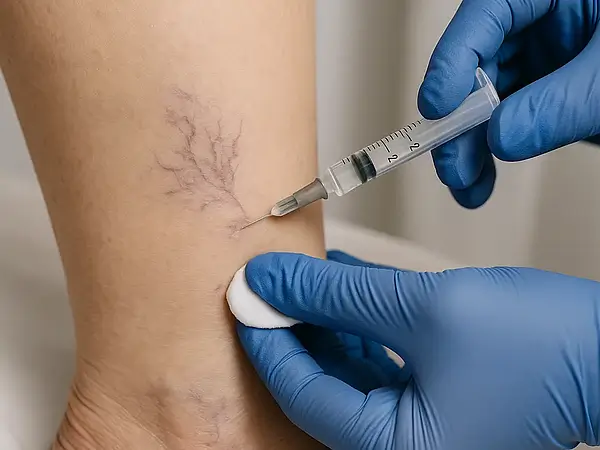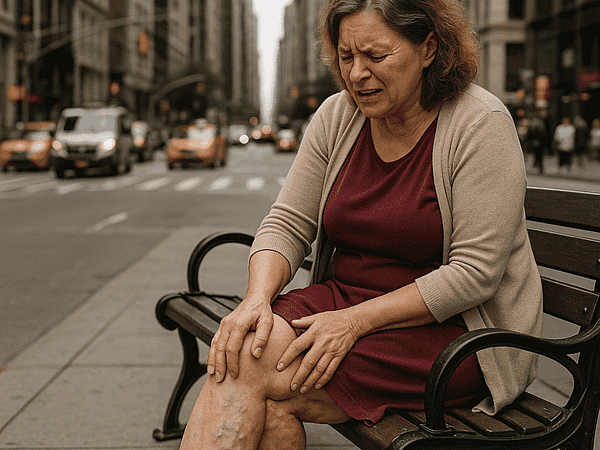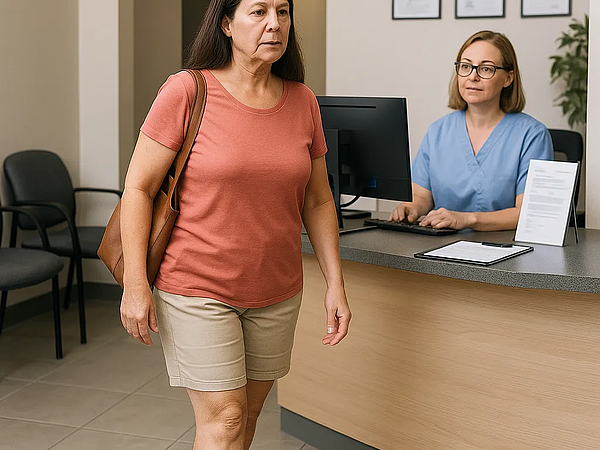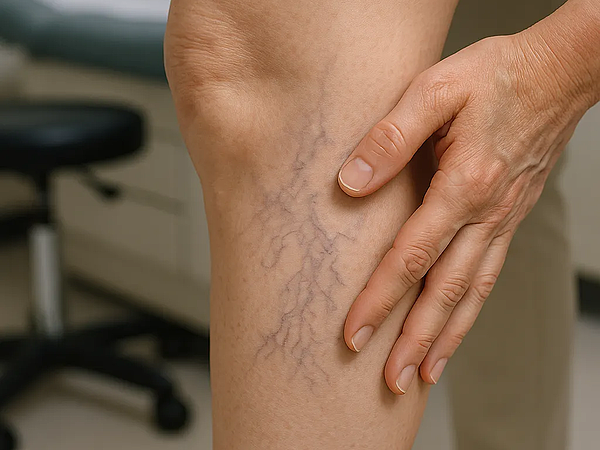By using our website, you agree to the use of cookies as described in our Cookie Policy
Understanding Your Family History of Vein Problems
The way we look at vein health is changing fast. While Google used to be the go-to source for medical information, social media and online communities now play a big role in how people learn about vein problems. At Elite Veins New York City, we see this shift firsthand as patients come in better informed about their family's vein health history.
Just like eye color or height, vein problems often run in families. But understanding this connection helps catch issues early. Let's look at what you need to know about family history and vein health, backed by real patient stories from our New York City practice.
Why Family History Matters for Your Vein Health
Your genes affect how your veins work. If your parents or grandparents had varicose veins, you're more likely to get them too. But this doesn't mean you're stuck with bad veins - it just means you should pay more attention to vein health.
Here's what makes family history so important:
- Your risk of varicose veins goes up 90% if both parents had them
- Women with a family history often show signs 10 years earlier
- Knowing your history helps doctors spot problems sooner
- Treatment works better when you catch issues early
Common Vein Problems That Run in Families
Some vein issues pop up more often in certain families. Our Manhattan vein specialists regularly treat patients with these inherited conditions:
Spider Veins: These small, red or blue veins often show up in the same spots as they did on your parents. While they might look harmless, they can signal bigger vein problems.
Varicose Veins: These twisted, bulging veins often affect multiple family members. If your mom had them during pregnancy, you might too.
Deep Vein Problems: Some families have a higher chance of blood clots. This makes regular check-ups extra important.
Signs Your Family History Might Be Affecting Your Veins
Watch for these warning signs, especially if vein problems run in your family:
- Tired, heavy legs by day's end
- Swelling around ankles and feet
- Leg cramps at night
- Skin changes near your ankles
- Restless legs when trying to sleep
Taking Action: What You Can Do Now
Having a family history of vein problems doesn't mean you're powerless. Elite Veins New York City helps patients take control with these steps:
- Talk to your family about their vein health history
- Keep a record of when symptoms start
- Get checked early if you notice changes
- Stay active to help blood flow
- Wear compression socks if recommended
Modern Treatment Options for Inherited Vein Issues
Today's vein treatments are quick and effective. Most patients return to normal activities the same day. Options include:
- Sclerotherapy: Perfect for spider veins, this treatment uses tiny injections to close problem veins.
- Laser Treatment: Works well for surface veins, especially in visible areas.
- Radiofrequency Ablation: Treats deeper varicose veins with minimal downtime.
Frequently Asked Questions
At what age should I start checking for vein problems if they run in my family?
Start paying attention in your 20s or 30s, especially if your parents had early vein issues. Regular check-ups can catch problems before they get worse.
Can lifestyle changes help if I have a family history of vein problems?
Yes! Regular exercise, maintaining a healthy weight, and avoiding long periods of sitting can make a big difference, even with a family history.
Will my children get vein problems if I have them?
They might have a higher risk, but early awareness and prevention can help avoid serious issues.
Taking the Next Step for Healthy Veins
Understanding your family history is just the start. Regular check-ups and early treatment make a big difference. At Elite Veins New York City, we create personal treatment plans that work for your specific needs.
Need expert advice about your vein health? Schedule your consultation or call 212-717-0666 now for professional, caring support.
‹ Back

